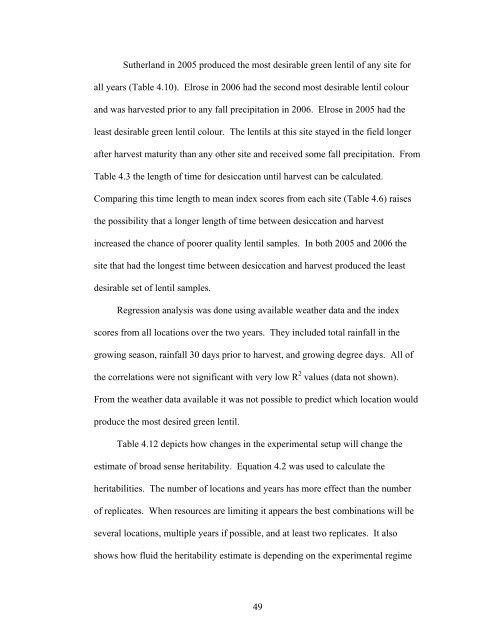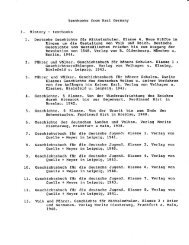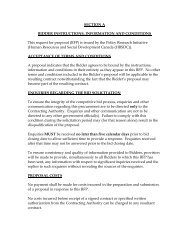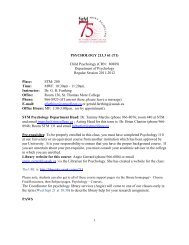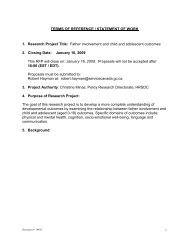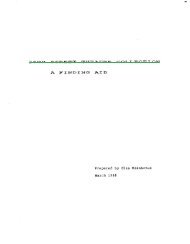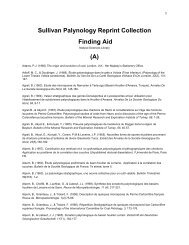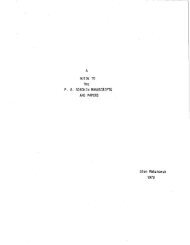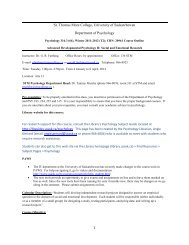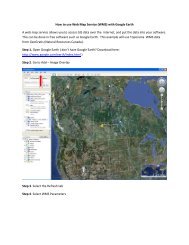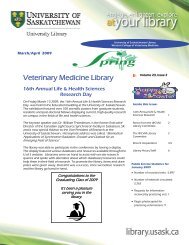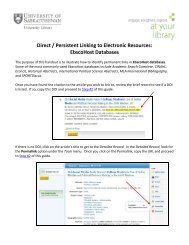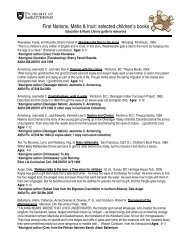GREEN SEED COAT COLOUR RETENTION IN LENTIL - University ...
GREEN SEED COAT COLOUR RETENTION IN LENTIL - University ...
GREEN SEED COAT COLOUR RETENTION IN LENTIL - University ...
Create successful ePaper yourself
Turn your PDF publications into a flip-book with our unique Google optimized e-Paper software.
Sutherland in 2005 produced the most desirable green lentil of any site for<br />
all years (Table 4.10). Elrose in 2006 had the second most desirable lentil colour<br />
and was harvested prior to any fall precipitation in 2006. Elrose in 2005 had the<br />
least desirable green lentil colour. The lentils at this site stayed in the field longer<br />
after harvest maturity than any other site and received some fall precipitation. From<br />
Table 4.3 the length of time for desiccation until harvest can be calculated.<br />
Comparing this time length to mean index scores from each site (Table 4.6) raises<br />
the possibility that a longer length of time between desiccation and harvest<br />
increased the chance of poorer quality lentil samples. In both 2005 and 2006 the<br />
site that had the longest time between desiccation and harvest produced the least<br />
desirable set of lentil samples.<br />
Regression analysis was done using available weather data and the index<br />
scores from all locations over the two years. They included total rainfall in the<br />
growing season, rainfall 30 days prior to harvest, and growing degree days. All of<br />
the correlations were not significant with very low R 2 values (data not shown).<br />
From the weather data available it was not possible to predict which location would<br />
produce the most desired green lentil.<br />
Table 4.12 depicts how changes in the experimental setup will change the<br />
estimate of broad sense heritability. Equation 4.2 was used to calculate the<br />
heritabilities. The number of locations and years has more effect than the number<br />
of replicates. When resources are limiting it appears the best combinations will be<br />
several locations, multiple years if possible, and at least two replicates. It also<br />
shows how fluid the heritability estimate is depending on the experimental regime<br />
49


